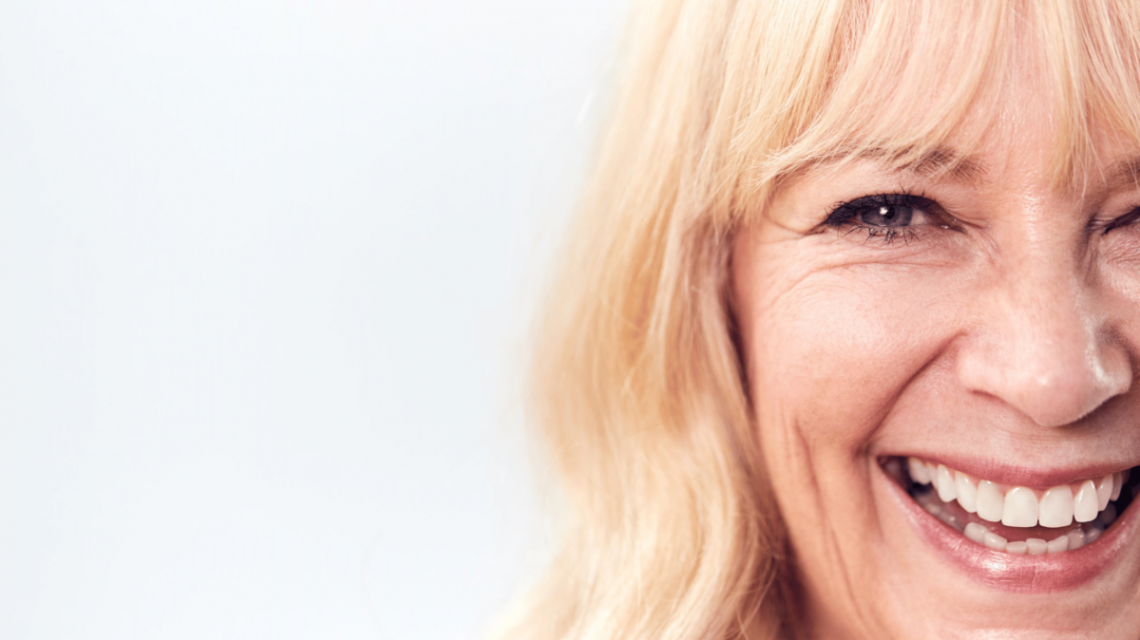One thing that has become critical to many of our patients in the last few years is the desire to be treated as a whole person. More and more people are getting frustrated with their current doctors and dentists, and looking to alternative treatments in their search for not only being pain-free but more importantly, being in what we often hear it referred to as “optimal” health.
As our patients have experienced more and more rush and disregard for their complaints and desire to be better, to not only be symptom-free, but to have a doctor (and dentist) who listens to them and works with them to achieve optimal care, they are turning (and rightfully so) to others who are willing to take the time to listen, interview, ask proper questions, value what the patients are saying, and be open to treatments and supplements outside of the big pharma scope of writing prescriptions, or “patch-up” type dentistry.
There is one common theme that seems to be emerging: there are interconnections between mouth disease, food and nutrients, immune dysregulation, chronic diseases, inflammation, stress, liver function, brain and mood, hormones, and many other key systems.
Changing The Way We Think About Optimal Care
This has changed the paradigm of dental care. The previous definition of complete dentistry was defined as the amount of dentistry needed to restore our patient back to optimal comfort, function, aesthetics, occlusion and airway. As a result of the need for physical distancing, limited PPE, and challenges in ensuring the safety of our patients, that definition is no longer enough. The new definition of complete dentistry has been revised as follows: the amount of dentistry needed to restore our patient back to optimal comfort, function, aesthetics, occlusion and airway AND systemic safety IN THE FEWEST NUMBER OF VISITS.
Dental Regulatory agencies and associations have established guidelines to prevent the spread of coronavirus and other diseases during patient care due to COVID. These guidelines have completely diminished the Efficiency Model of modern dental care.
The Efficiency Model was:
- Multiple patients simultaneously
- Patients in multiple chairs at the same time
- Delegation
- Expanded duty staff
- Minimal turn-around time.
When the turn-around time increases dramatically, along with the many limitations now when it comes to how many patients we can see in a day, added PPE which is in short supply and huge cost and must be managed to make sure it’s not wasted, it only makes sense to recommend that the best treatment for the patient is to provide complete care in the fewest number of appointments.
Working Smarter
So now, we need to be smart about the dentistry our patients need and bundle procedures together to deliver the new complete care in the least number of visits. And the truth of the matter is: this change is ultimately better for the patient, it’s better for overall treatment planning as it allows the dentist and patient to go over every finding and make a plan to address all issues at the same time, resulting in higher quality, long-term outcome for the patient, and it’s better for the dentist delivering this service.
Optimal Care – A Better Way
From 25 years of experience in working as a dentist, I can tell you that I am a much better dentist when seeing fewer patients, and being able to focus on one person at one time until I am finished everything they need done. By switching to this new and improved model of delivering complete dentistry, my patients have told me the appointment was way easier than ever before, they had my full attention the entire time, and since I did not have to step out of the room to see anyone else, there was no rush and no stress and, well, who wouldn’t want that for their dentist? 😉

